The tangled tale of how physicists built a groundbreaking wormhole in a lab
Wormholes were first conceived of by Albert Einstein and his fellow physicist Nathan Rosen in 1935, who argued that general relativity allowed for a ‘bridge’ between two black holes. At the same time, Einstein and Rosen, working with their colleague Boris Podolsky, questioned the quantum mechanics view of reality via a paradox that later researchers dubbed ‘entanglement’. These two ideas were brought together in 2013, when Leonard Susskind at Stanford and Juan Malcadena at Princeton argued that wormholes and entanglement are, in fact, the same thing. Three years later, Daniel Jafferis at Harvard and his graduate student Ping Gao proposed a way to traverse a wormhole. This idea was validated this year when a team of physicists led by Maria Spiropulu of the California Institute of Technology built a small-scale wormhole inside a quantum computer. Their experiment was a major breakthrough – the culmination of creative experimentation, emerging quantum computing technology and more than a century of speculation and research. And, as this short documentary from Quanta Magazine explores, in strengthening a link between black holes and quantum entanglement, it may have marked a massive step forward in the quest to bridge the worlds of general relativity and quantum mechanics.
Video by Quanta Magazine
Director: Emily Buder
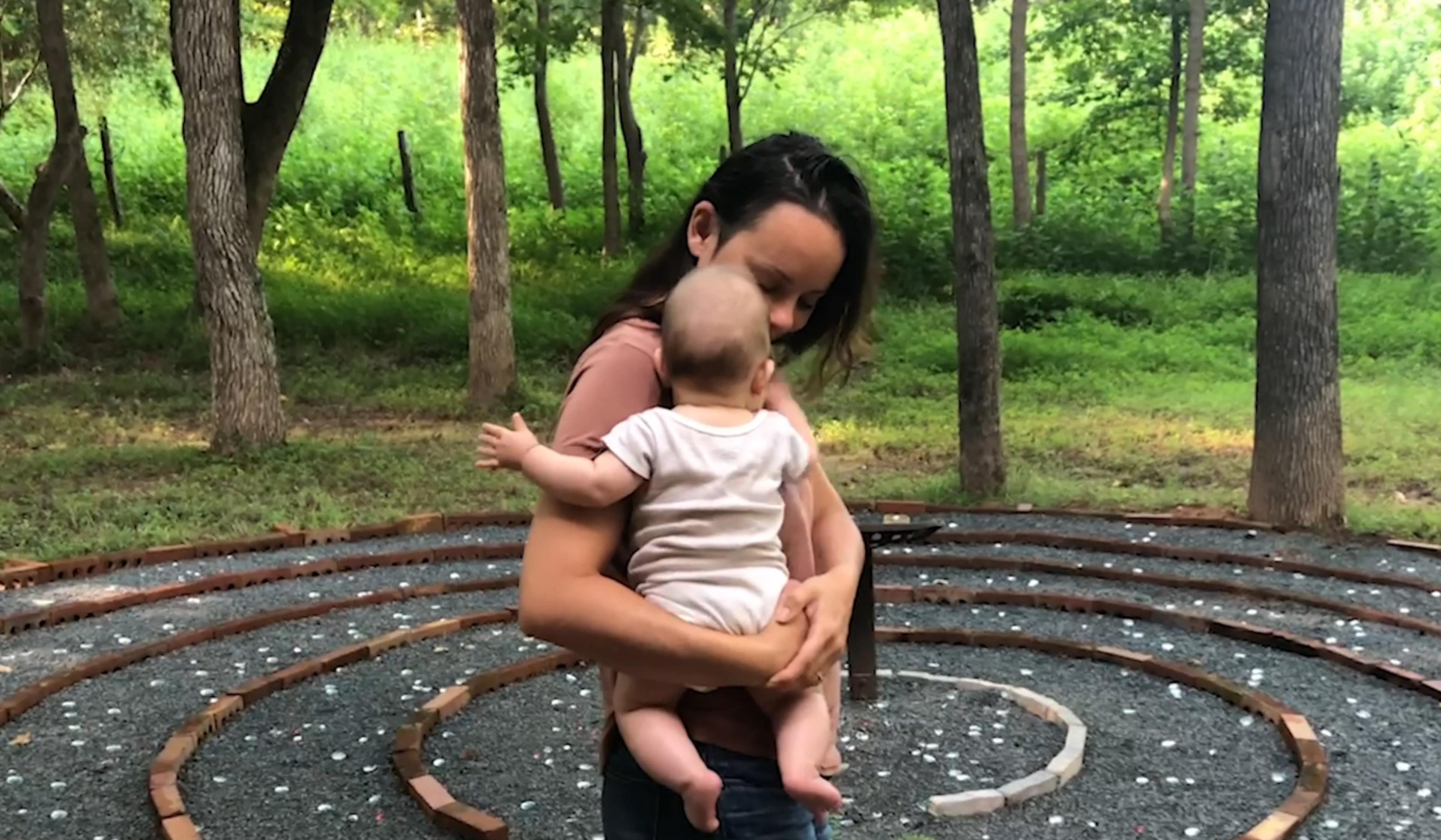
video
Biography and memoir
As her world unravels, Pilar wonders at the ‘sacred geometry’ that gives it structure
20 minutes
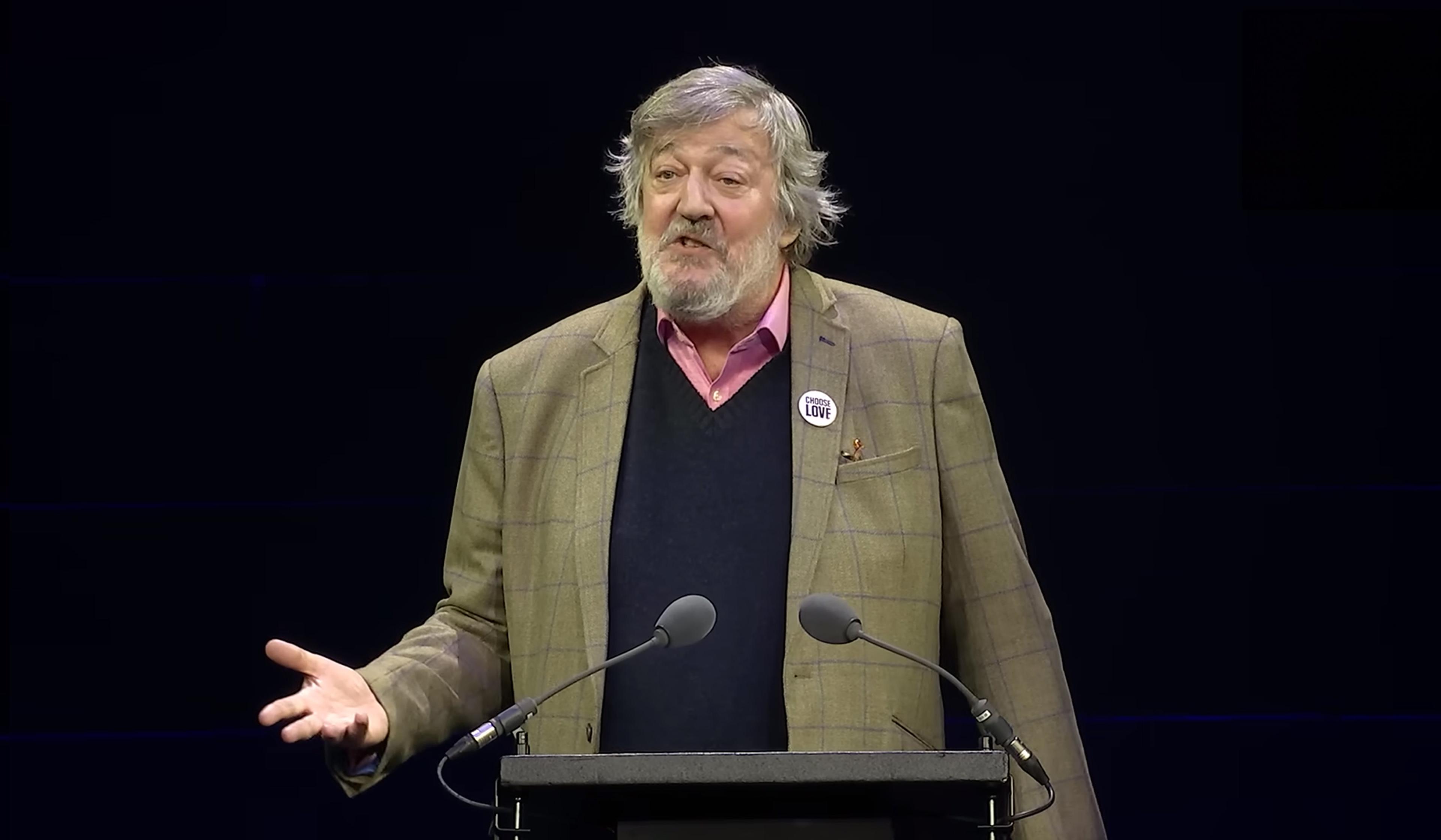
video
Meaning and the good life
Why strive? Stephen Fry reads Nick Cave’s letter on the threat of computed creativity
5 minutes

video
Physics
Find the building blocks of nature within a single, humble snowflake
4 minutes
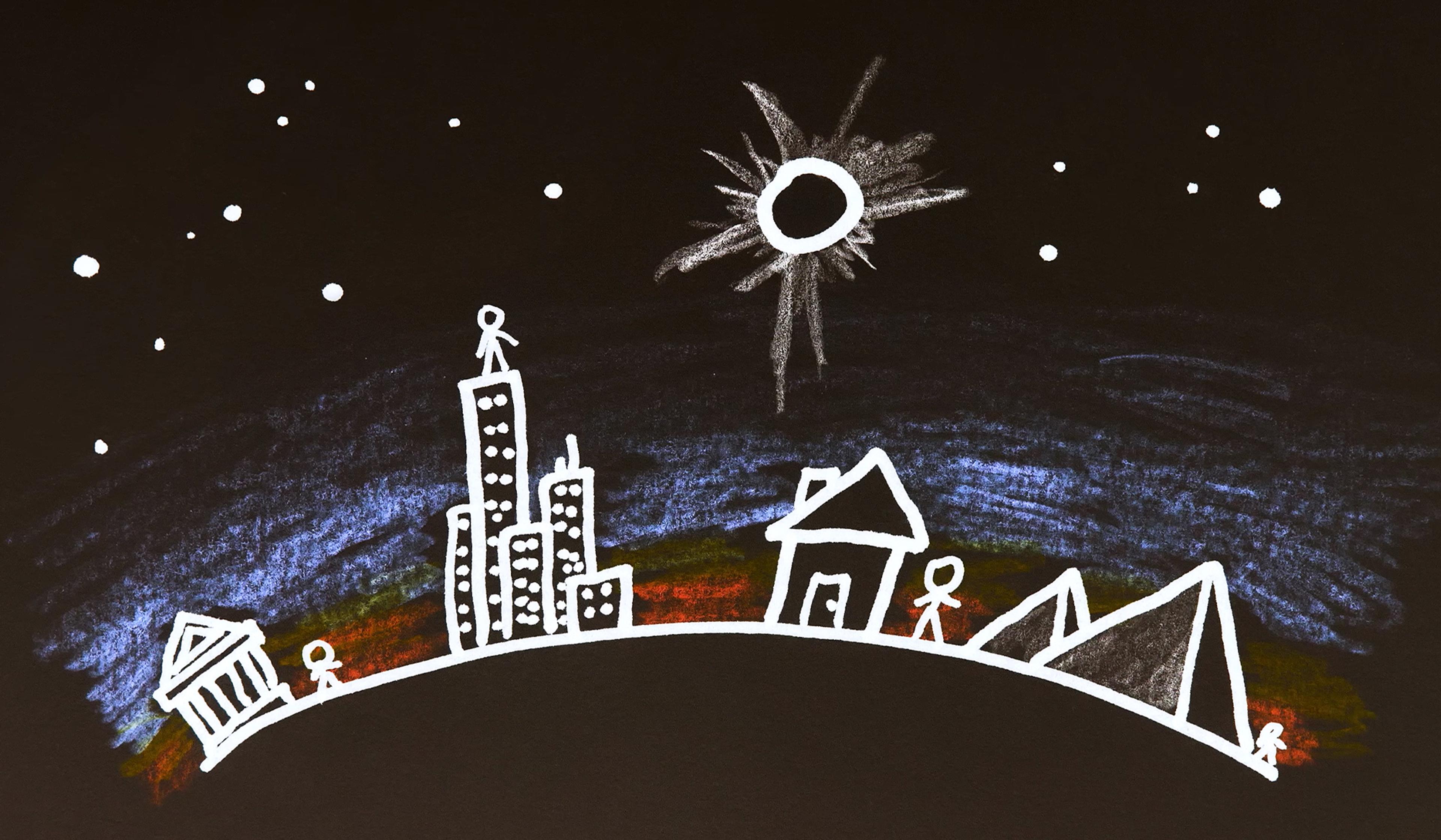
video
Physics
Why the golden age of total solar eclipses is already behind us
5 minutes
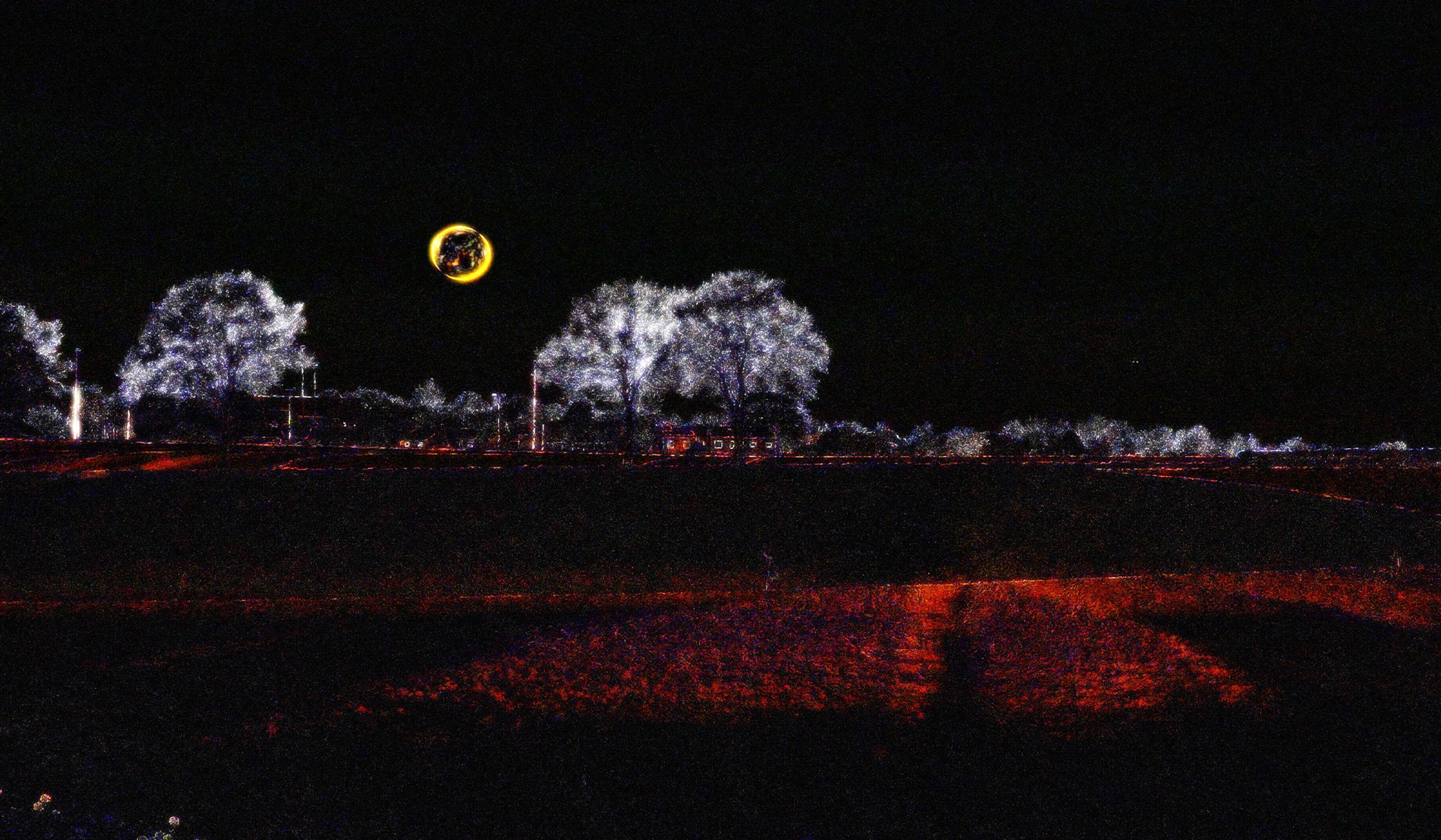
video
Film and visual culture
An augmented-reality filter reveals the hidden movements all around us
7 minutes
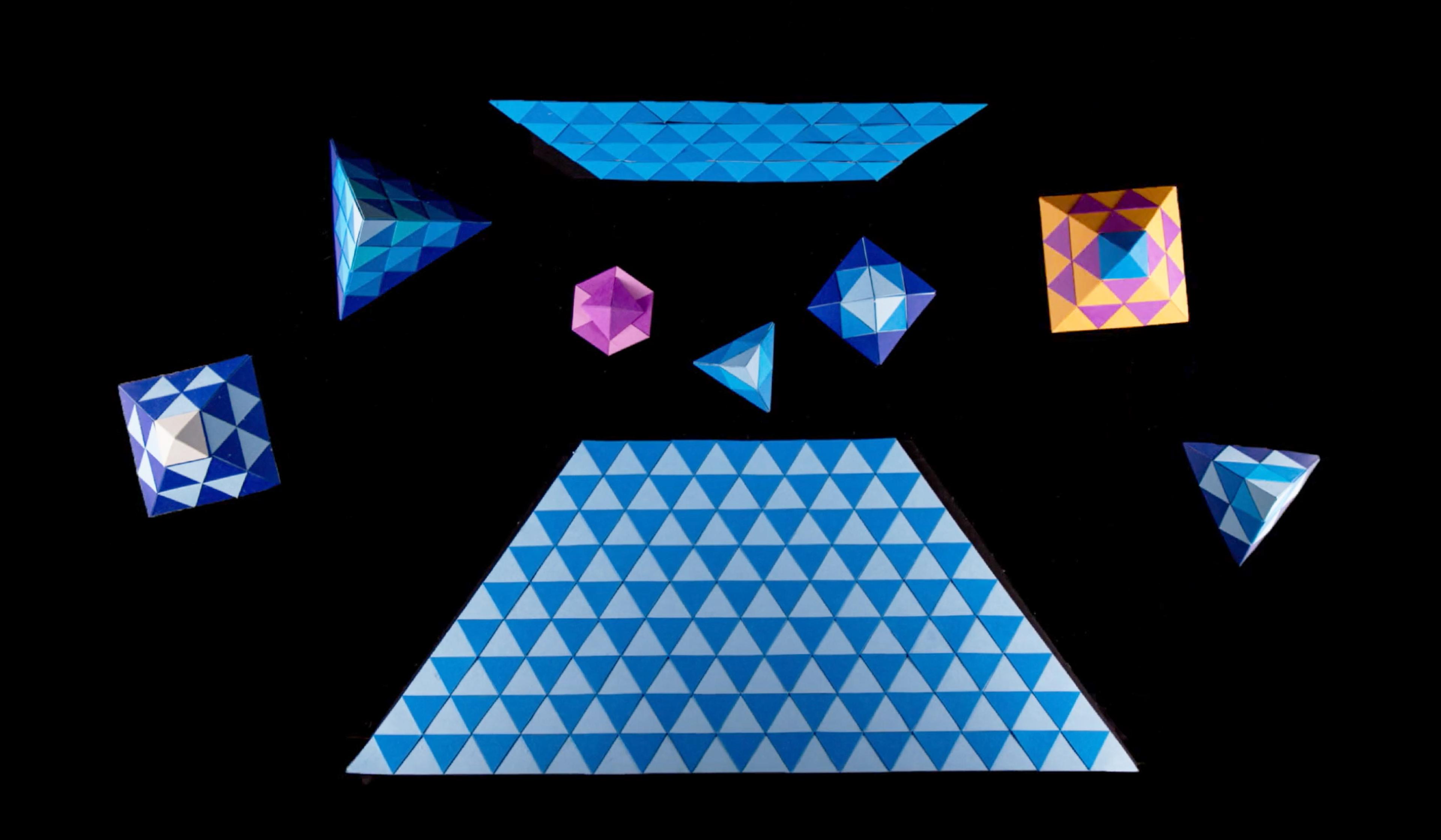
video
Film and visual culture
Stop-motion origami unfurls in a playful exploration of how senses overlap
3 minutes

video
Ecology and environmental sciences
The ancient Hawaiian myth that sparked a modern ecological breakthrough
10 minutes

video
Computing and artificial intelligence
A scientist’s poor eyesight helped fuel a revolution in computer ‘vision’
9 minutes

video
Ageing and death
Demystifying death – a palliative care specialist’s practical guide to life’s end
4 minutes